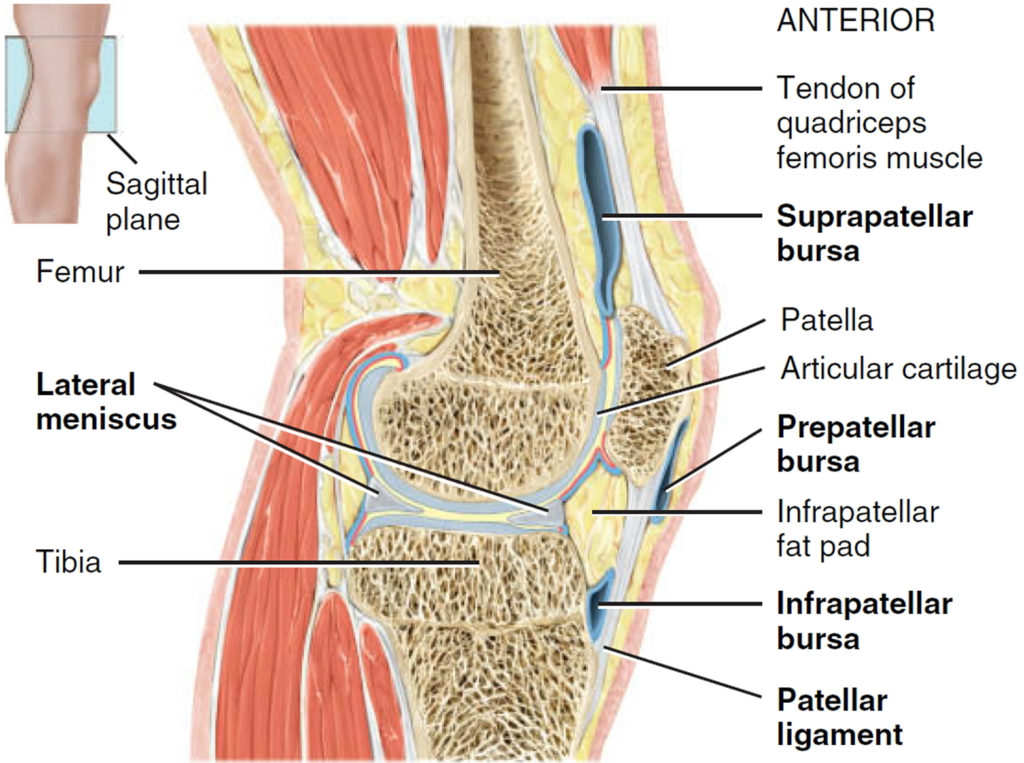

In addition, commonly used grafts and surgical approaches are described. Following this, the biomechanics of the knee are detailed by describing the roles of the anatomic structures and their relationships in the normal knee. To describe the anatomy of the knee, this chapter outlines the osteology, ligamentous stabilizers of the knee, menisci, and neurovasculature of the normal knee. Surgeons performing reconstructions in patients with multiple ligament injuries must have a complete understanding of the normal anatomy and biomechanics of the knee. Because of the multiple ligament disruptions, the knee is at a biomechanical disadvantage. Treatment of these injuries is controversial and results after surgery are often poor. N2 - Knee dislocations, although rare, are severe injuries, because they result in the disruption of multiple ligaments, surrounding musculature, and neurovascular structures. T1 - Normal anatomy and biomechanics of the knee This knowledge is critical to surgeons attempting reconstruction of the multiple ligament injured knee following these injuries.",


This knowledge is critical to surgeons attempting reconstruction of the multiple ligament injured knee following these injuries.Ībstract = "Knee dislocations, although rare, are severe injuries, because they result in the disruption of multiple ligaments, surrounding musculature, and neurovascular structures. Knee dislocations, although rare, are severe injuries, because they result in the disruption of multiple ligaments, surrounding musculature, and neurovascular structures.


 0 kommentar(er)
0 kommentar(er)
